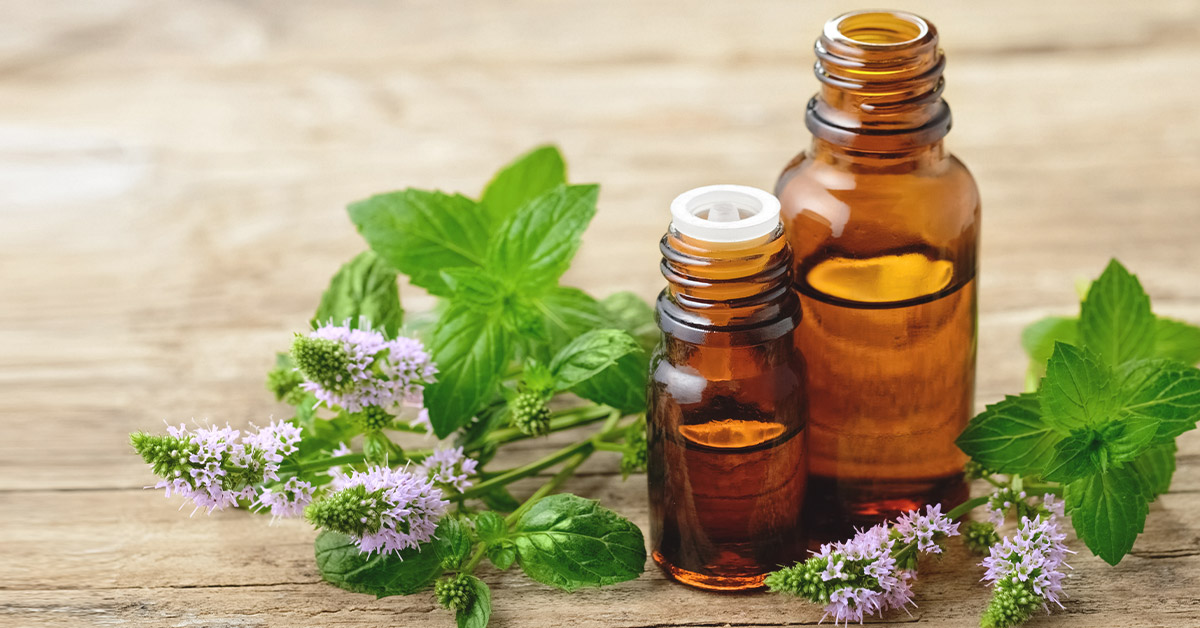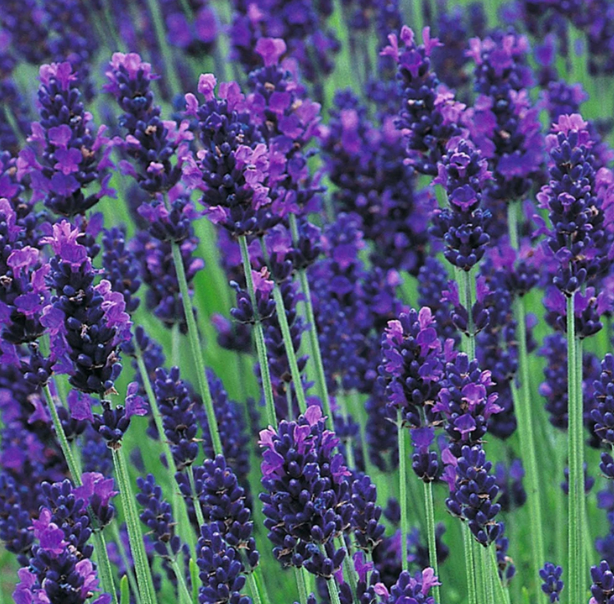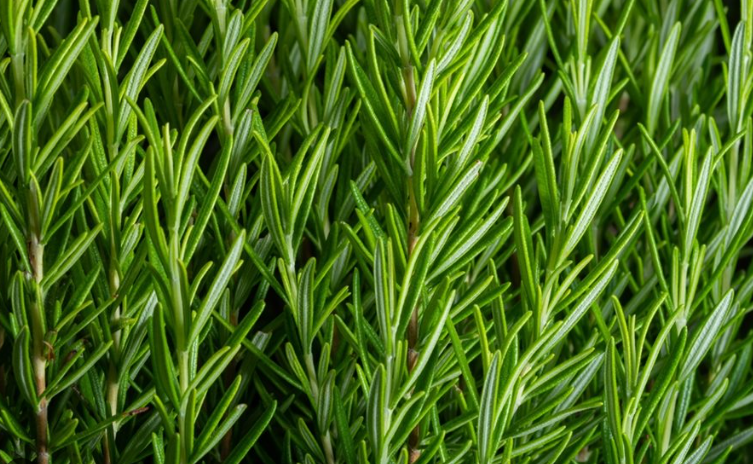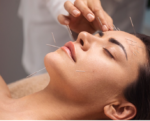While there exists a wide array of pharmaceutical-based headache treatments, most of us would prefer to employ natural, homeopathic remedies to alleviate our pain.
Utilizing pain relievers such as ibuprofen or acetaminophen for occasional headaches, or stronger over-the-counter remedies for infrequent migraines, is one matter. However, for individuals who suffer from headaches on a regular, perhaps daily basis, prolonged use of these analgesics can result in side effects, making more natural approaches more desirable. In many instances, these methods are also more cost-effective.
Aromatherapy is the Best Natural Treatments for Relieving Headaches
Aromatherapy, a practice dating back 1,000 years, stands as one of the more popular and successful natural treatments for relieving headaches.
Aromatherapy harnesses essential oils distilled from plant materials, which emit scents with positive effects on our bodies. These essential oils are typically available for purchase at local pharmacies or health product stores.

When procuring essential oils for homeopathic treatments, it is imperative to ensure that you are acquiring the purest oils available. Lavender, peppermint, sandalwood, and eucalyptus are among the most effective scents for headache relief. Personally, I always keep a small bottle of peppermint oil on hand; when I sense the onset of a migraine, I use it in an oil warmer. The fragrance quickly fills the room, and sometimes, the migraine never materializes.
If you experience nausea along with your migraine headache, the scent of ginger may help alleviate your stomach discomfort.
Additionally, you can blend oils to create combinations that work best for you. Your local library or your preferred search engine are excellent resources for finding “recipes” for aromatherapy blends.
Using Aromatherapy Scented Oils to Treat Migraine
One approach to employing essential oils to treat your headache is to apply a small amount to your temples and then recline in a quiet room. In roughly the same amount of time it takes for a pain reliever to take effect, you may find your headache dissipating.
Another method involves taking a small quantity of water (choosing a temperature that offers the most relief) and mixing it with about five drops of lavender oil. Dampen a facecloth with the scented liquid and place it on either your forehead or your neck while you rest.
My personal preference is to use a diffuser to fill the air with my chosen scent. Alternatively, you can relax in a bath filled with unscented bath oil and around eight drops of aromatherapy oils.
If none of these methods appeal to you, consider using the inhalation method. Fill a bowl with hot water and add a few drops of essential oil. Lean over the bowl, cover your head with a towel, and inhale the scent for approximately five minutes. (Please note that if you have respiratory conditions like asthma, you should avoid this method.)
Remember that even though aromatherapy is a natural treatment for your headache, you should still exercise caution regarding the duration of exposure to a scent. When used in moderation, aromatherapy can serve as an effective natural treatment for your headache pain.
Essential Oils for Headaches
Essential oils are highly concentrated liquids derived from plant materials. Aromatherapy is a form of alternative medicine that utilizes these essential oils for various therapeutic purposes. Aromatherapists maintain the belief that each essential oil possesses a distinct set of health benefits, and they are used in aromatherapy to promote physical, emotional, and psychological well-being.
The practice involves inhaling the scents of these oils, applying them to the skin through massages or baths, and sometimes even ingesting them under the guidance of a qualified practitioner. While aromatherapy is considered a complementary or alternative therapy, it has gained popularity for its potential to induce relaxation, alleviate stress, and address a range of physical and emotional concerns.


The essential oils you mentioned are commonly used in aromatherapy for various purposes, including headache relief. Here’s a breakdown of their potential benefits for different types of headaches:
- Lavender Oil: Lavender oil is often used to relieve stress and promote relaxation. It may help reduce tension and anxiety, which can be contributing factors to stress headaches. Inhaling the scent of lavender oil or applying it to your temples and neck may provide relief.
- Rosemary Oil: Rosemary oil is known for its potential analgesic (pain-relieving) properties. It may be used for general pain relief and could help alleviate headaches to some extent. However, it may not be as specific for headaches as other oils.
- Peppermint Oil: Peppermint oil is a popular choice for relieving tension headaches. It has a cooling and soothing effect when applied topically to the temples and forehead. The menthol in peppermint oil can help relax muscles and reduce headache pain.
- Chamomile Oil: Chamomile oil is often used for its calming and anti-inflammatory properties. While it may not directly target headaches, it can help with relaxation and potentially ease congestion-related headaches by reducing sinus inflammation.
- Eucalyptus Oil: Eucalyptus oil is commonly used to relieve sinus headaches and congestion. Inhaling the steam with a few drops of eucalyptus oil added to hot water can help open up nasal passages and provide relief from sinus-related headaches.


It’s important to note that individual responses to essential oils can vary. What works best for one person may not be as effective for another. Additionally, the cause of a headache can vary, so it’s essential to identify the underlying triggers and choose the appropriate essential oil accordingly. If you have severe or persistent headaches, it’s advisable to consult with a healthcare professional for a proper diagnosis and treatment plan. Aromatherapy can be a complementary approach, but it should not replace medical advice or treatment for chronic or severe headaches.
Do essential oils work for headaches?
Essential oils are considered by some individuals to be effective in managing headaches, and there is some research to support their potential benefits. However, it’s important to note that the effectiveness of essential oils can vary from person to person, and more research is needed to fully understand their impact on headaches. Here’s a summary of the current knowledge:
- Migraine Relief: A 2021 review suggested that essential oils may help ease migraine symptoms by potentially reducing neurogenic inflammation, pain sensitivity, and vascular tension. This review indicates a possible role for essential oils in migraine management.
- Basil Essential Oil: Some research has explored the use of basil essential oil for migraines. One study found that basil essential oil, when applied topically every 8 hours and combined with acetaminophen, reduced the intensity and frequency of migraines over three months. However, more research is needed to confirm these findings and determine the optimal dosages.
- Anise Essential Oil: Another study in 2019 found potential benefits of anise essential oil for headaches. However, the authors noted that longer-term studies are necessary to establish the efficacy and safety of anise essential oil for headache relief.
It’s essential to approach the use of essential oils for headaches with caution and under the guidance of a qualified practitioner, especially if you have any underlying health conditions or are taking medications. Essential oils should be used according to product instructions and diluted appropriately to avoid skin irritation or adverse reactions.
Furthermore, while there is some research supporting the use of essential oils, the field of aromatherapy and essential oil research is still evolving, and more high-quality studies are needed to provide definitive evidence of their effectiveness in headache management. If you experience frequent or severe headaches, it’s advisable to consult a healthcare professional for a proper diagnosis and treatment plan. Essential oils can be considered as a complementary approach, but they should not replace standard medical care for serious or chronic headache conditions.
Alternatives
When seeking alternatives to address headaches, individuals have several at-home treatments and remedies to consider. Here are some options:
For General Headaches:
- Hydration: Drinking an adequate amount of water can help prevent and alleviate headaches, especially if they are caused by dehydration.
- Relaxation Techniques: Practices such as deep breathing exercises, meditation, and progressive muscle relaxation can help reduce stress and tension, which are common triggers for headaches.
- Over-the-Counter Painkillers: Non-prescription pain relievers like paracetamol (acetaminophen) or ibuprofen can be effective in relieving mild to moderate headache pain. It’s essential to follow the recommended dosages and safety guidelines when using these medications.
For Migraines (as recommended by the UK’s NHS):
- Rest in a Dark Room: Migraines are often sensitive to light and sound. Finding a quiet, dark space to rest in can help alleviate symptoms.
- Over-the-Counter Painkillers: Paracetamol, ibuprofen, or aspirin may provide some relief for migraines. Always follow the dosage instructions on the medication packaging.
- Acupuncture: Some individuals find relief from migraines through acupuncture, a traditional Chinese medicine practice that involves inserting thin needles into specific points on the body.
- Massage: Gentle head and neck massages can help relax tense muscles and ease migraine symptoms for some people.
- Exercise: Engaging in regular physical activity, such as walking or swimming, may help reduce the frequency and severity of migraines for some individuals. However, it’s essential to consult with a healthcare professional before starting any exercise program, especially if you have a history of migraines.
Pain Medications, Pain Relief, and Pain Management







